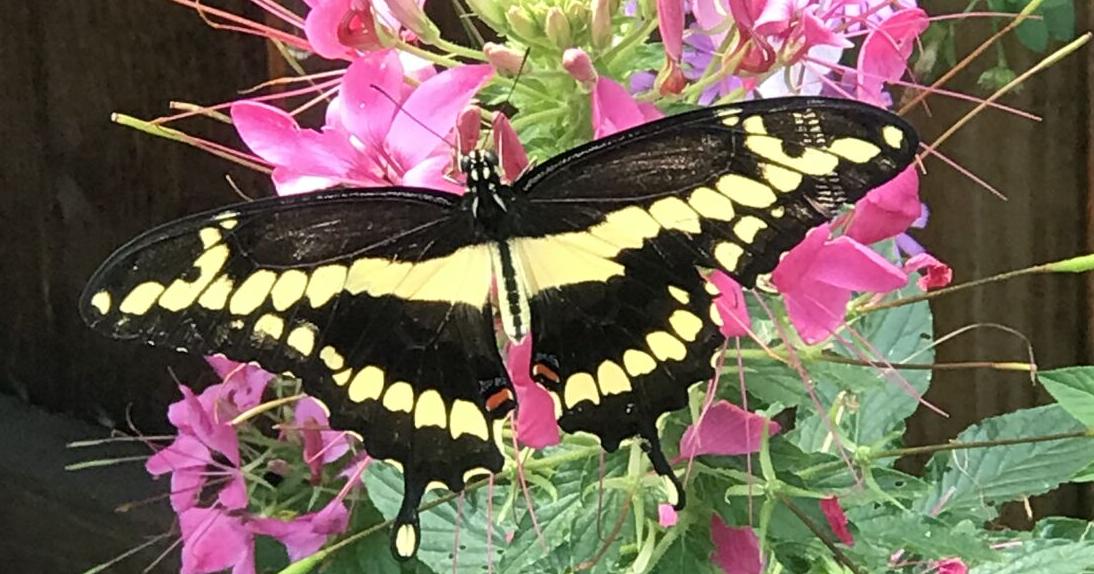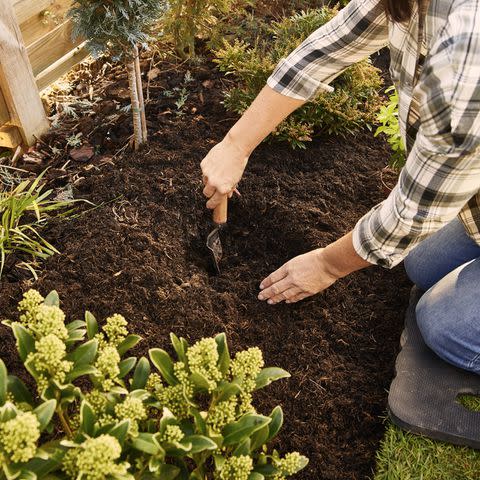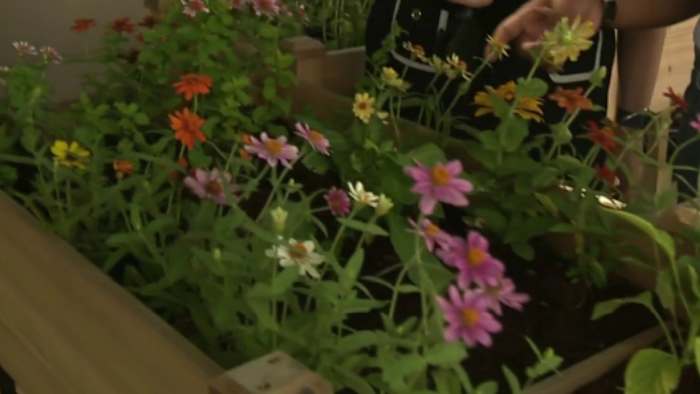If you’re already looking ahead to spring flowers, then you’re probably also well aware that right now is the ideal time for planting bulbs.
Bulbs are one of the easiest ways to ensure beautiful blooms in the warmer months next year, but it’s not quite as straightforward as popping them in the ground and hoping for the best.
We recently learned a gardening concept endearingly called “lasagna planting,” which is supposed to maximize your flowers throughout the season. And in an effort to learn more, we turned to the experts with a few questions. Here’s what they had to say.
What Is Lasagna Planting, Exactly?
According to Kendall Frost, a master gardener at High Country Gardens, lasagna planting has something in common with its namesake pasta dish: lots of layers.
“Italian lasagna is loved for its layers of pasta; lasagna planting is loved for its layers of fall-planted, spring-blooming bulbs,” Frost says.
As Megan Foster, perennial and bulb expert at American Meadows, explains, lasagna planting works as follows: the later the variety blooms, the lower in the container you plant them.
Lasagna Planting In a Nutshell
-
Plant the largest, latest flowering bulbs deepest.
-
Add a layer of soil and then layer mid-season flowering bulbs in the middle.
-
Place the early spring flowering bulbs closest to the surface.
“Lasagna planting packs a flowery punch—it’s an easy-to-plant project that provides a stunning array of blooms all spring,” Foster says, who also notes you can do this in an averaged-sized pot on your balcony or porch, or in a traditional garden bed.
When Should You Start Lasagna Planting?
If you’re considering waiting a little longer to plant your bulbs, André Passos, the franchise owner of The Grounds Guys of Falls Church, says you shouldn’t delay. Fall and winter is the perfect time to lasagna plant.
Spring bulbs must be planted in the fall to allow plenty of time to develop a good root system ahead of the winter, he says. They need the freezing or near-freezing temperatures to trigger next spring’s germination, so now is the best time to get lasagna planting.
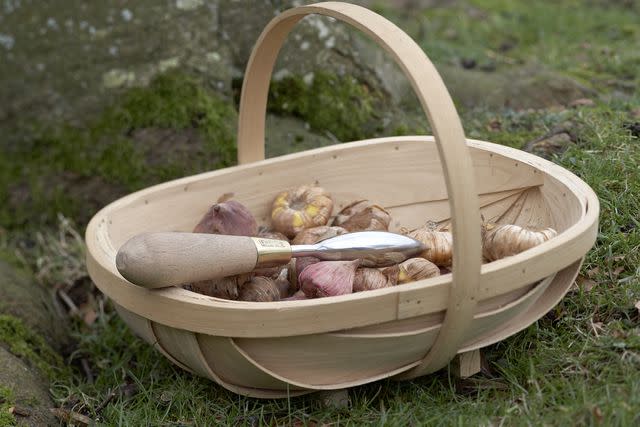
The Benefits of Lasagna Planting and Best Tips
It Maximizes Your Flower Power
While Frost says she loves lasagna planting for how it “maximizes your flower power” in a small garden or container, Hadley Mueller, an additional master gardener for High Country Gardens, says it’s also perfect for making use of any leftover bulbs.
You can plant the rest in a container using the lasagna planting method, she says. After a cold exposure period, bring your container indoors, and enjoy the delight of spring blooms in the heart of winter.
If you’re wondering what flowers to plant, Passos gave us some tips.
-
Crocus and hyacinths are usually the first bloomers. These can be planted at the top.
-
Daffodils and most tulips will be in their prime in mid-spring, so add these bulbs to the middle tier.
-
Dutch Iris, Alliums, and some specific tulips will bloom in late spring, so these can be added to the bottom.
The Right Bulb Depth is Key
If you plan to tackle this method this fall, then Frost says there’s one major thing to keep in mind: make sure your bulbs are planted at the correct depth.
“Largest bulbs at the bottom layer, mid-sized bulbs in the middle layer, small bulb on the top layer,” she says.
Once your small bulbs are on top, Mueller notes another thing worth considering. “Make sure that you leave enough space for the top layer of bulbs to have sufficient soil coverage,” she says. “This is particularly important for container planting.”
Mueller explains that the final layer of bulbs should sit just below the surface, with about one to two inches of soil on top.
Stagger Your Bloom Times
Frost also notes that it’s a good idea to choose bulbs with staggered bloom times so that you get the most out of each flower. Ideally, you’ll have bulbs with a wide range of bloom times so that you can enjoy continual flowering from early to late spring, she says.
Passos agrees. “To achieve a better display, gardeners should plant the early bloomers on top of the late bloomers to enhance the timing of each bloom,” he says. “Doing otherwise may lead to simultaneous flowering.”
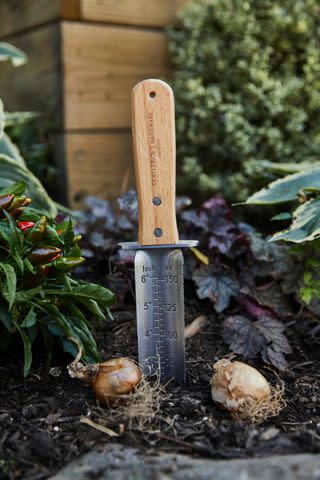
Read Next: How to Plant and Grow Spring-Flowering Bulbs
Read the original article on The Spruce.




